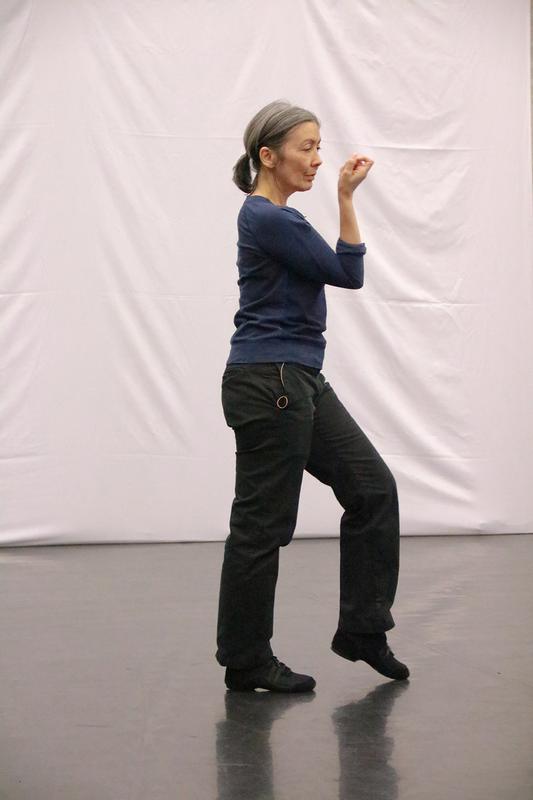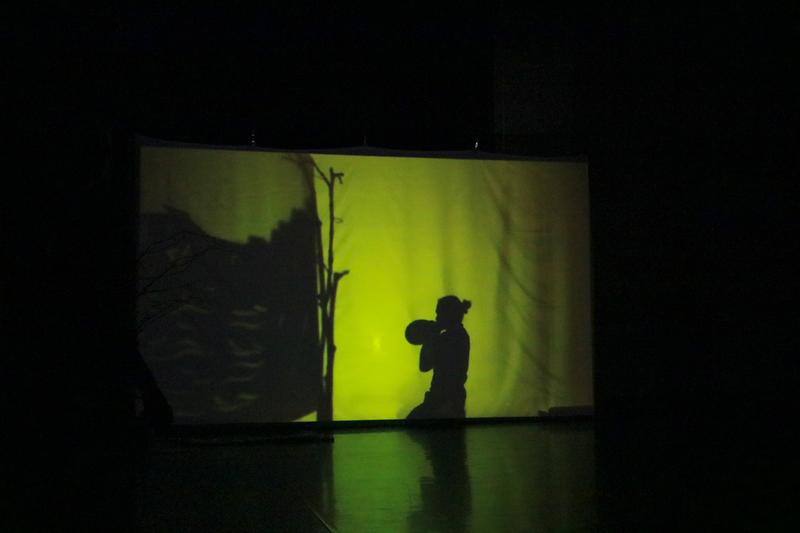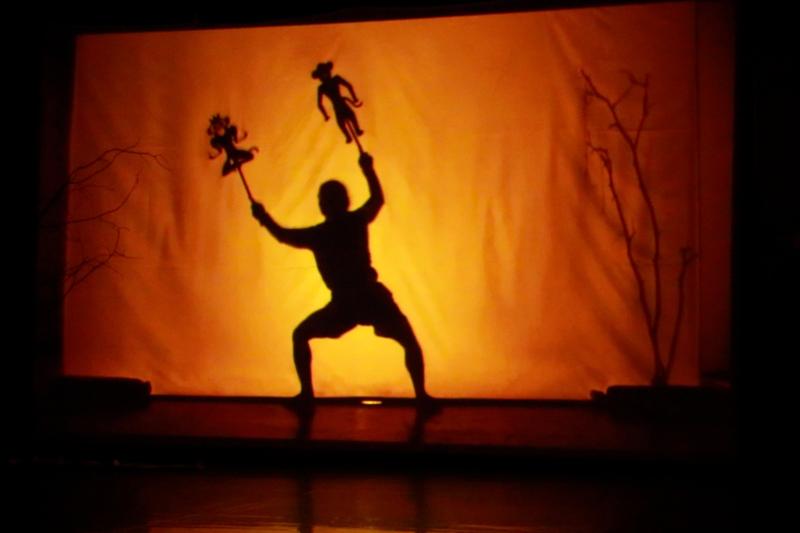The stage is set—there is a stool, a screen, a shadow puppet, a mask, and choreographer/ dancer Emmanuèle (Manou) Phuon (ACC 2009, 2015).
“You may have heard of the Ramayana and the Mahabharata?” Manou asks the audience, “They are the Indian equivalent of the Odyssey and the Aeneid in Western culture.” The Sanskrit epic poem, which follows King Rama in his quest for his kidnapped wife Sita, has had its own storied journey across countries, cultures, languages, and artistic disciplines. “The Ramayana is shared by many countries in Asia,” she continues, “Each country has made slight variations, or favors particular episodes to suit local needs and culture. Cambodians have their own version, known as the Reamker.”
From the intricate carvings of Angkor Wat to wall paintings in the Royal Palace in Phnom Penh, the Reamker has long been part of the artistic vocabulary of Cambodia. In particular, it is known for its portrayal in Cambodian traditional performing arts, including masked dance theater Lakhon Khol.
Using the traditions of Lakhon Khol and Sbaek Thom (large shadow puppetry), Manou has collaborated with dancer and puppet artist Noun (Tou) Sovitou (ACC 2019) to create their own contemporary adaptation of an episode from the Reamker, “When Kumbhakar Swallowed a Dead Dog.” This episode is performed annually at the Buddhist monastery of Wat Svay Andet, just outside Phnom Penh. It is one of the country’s few Lakhon Khol troupes to survive the war and the advent of TV and video as popular entertainment. The performance, held in mid-April during the Cambodian New Year Festival, is a ritual at the end of the dry season, meant to bring the rain on which the agrarian nation depends.
 At ACC’s Cultural Conversation, and as part of her MFA thesis, Manou told the story of her adaptation’s creation in voice and text, stillness and movement, live performance and video projection—contextualizing it within her own experience as a contemporary dancer exploring her roots in traditional Cambodian movement.
At ACC’s Cultural Conversation, and as part of her MFA thesis, Manou told the story of her adaptation’s creation in voice and text, stillness and movement, live performance and video projection—contextualizing it within her own experience as a contemporary dancer exploring her roots in traditional Cambodian movement.
Manou began her dance training at age six with the Royal Ballet of Cambodia. She recalls, “In April 1975, when the Khmer Rouge took over, my mother, adopted brother and I moved from Phnom Penh to neighboring Thailand hoping things would get better. As time went by, my mother got more and more involved with refugees up north. Our home became a refuge for dozens of orphans…They told terrible stories: stories of death, hunger, rape, and fear. That’s when I started to spend more time in Mrs. Pornpimol Kanthatham’s ballet classes.” Manou continued on to graduate from the Conservatoire National de Danse d’Avignon (1986), dance with the Elisa Monte Dance Company (1989-1994), Mikhail Baryshnikov’s White Oak Dance Project (1995-2001), and Yvonne Rainer’s Raindears (2010-present).
Living between Brussels and New York, it wasn’t until 2006 that Manou circled back to her childhood training. “I went to see the Cambodia dancer Kunthea Ken perform in a small communal house in Brussels. It was a simple folk dance, but it had a huge impact on me…Seeing Kunthea dance sparked the intense desire to reconnect with the past. Since then, my work as a choreographer has investigated the culture of my origins, mixing my western dance references with Cambodian traditions. It is a hybrid.”
ACC has given Manou fellowships in 2009 and 2015 to hold a dance workshops in Phnom Penh, and explore the possibilities of classical Cambodian dance in contemporary choreography. Working with Cambodian dancers, Manou has created remarkable dance works—Khmeropedies I, II, and III, and Brodal Serei (kickboxing)—existing at the intersection of traditional and contemporary artistic forms. ACC supported the restoration and conservation of traditional arts of Cambodia in the years following the Khmer Rouge, as well as initiated the Cambodian Artists Mentorship Program (CAMP) in the 1990s, supporting intergenerational teaching, learning, and exchange for artists from the newly revived Royal University of Fine Arts (RUFA). As traditional arts found more stable footing and its community grew, ACC began to support artists looking to bring tradition to new forms of expression, among them an exceptional choreographer/dancer named Manou.


Manou Phuon’s “When Kumbhakar Swallowed a Dead Dog” was presented at Baryshnikov Arts Centre as part of ACC’s Cultural Conversations series. Cultural Conversations provides ACC alumni a platform to share their experience and expertise with a broad network of artists, cultural practitioners, and beyond.
 ACC New York
ACC New York